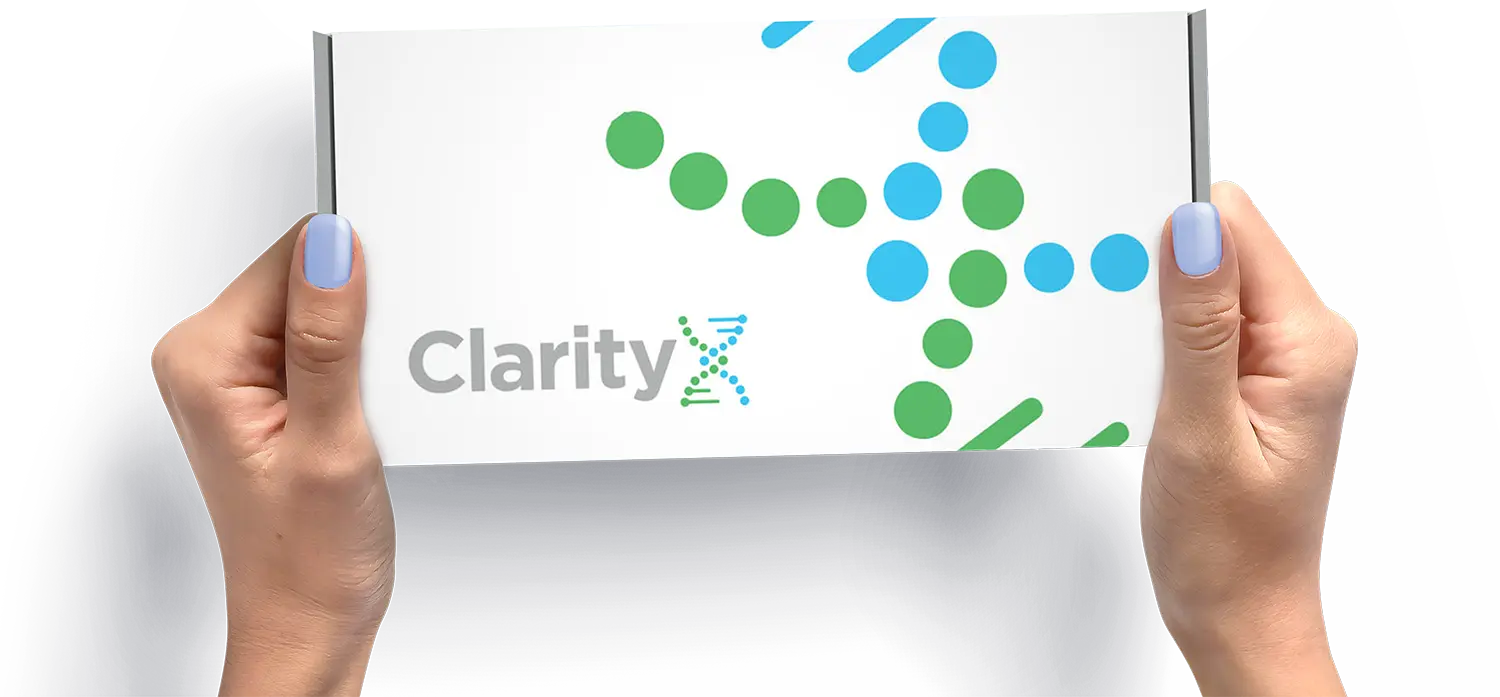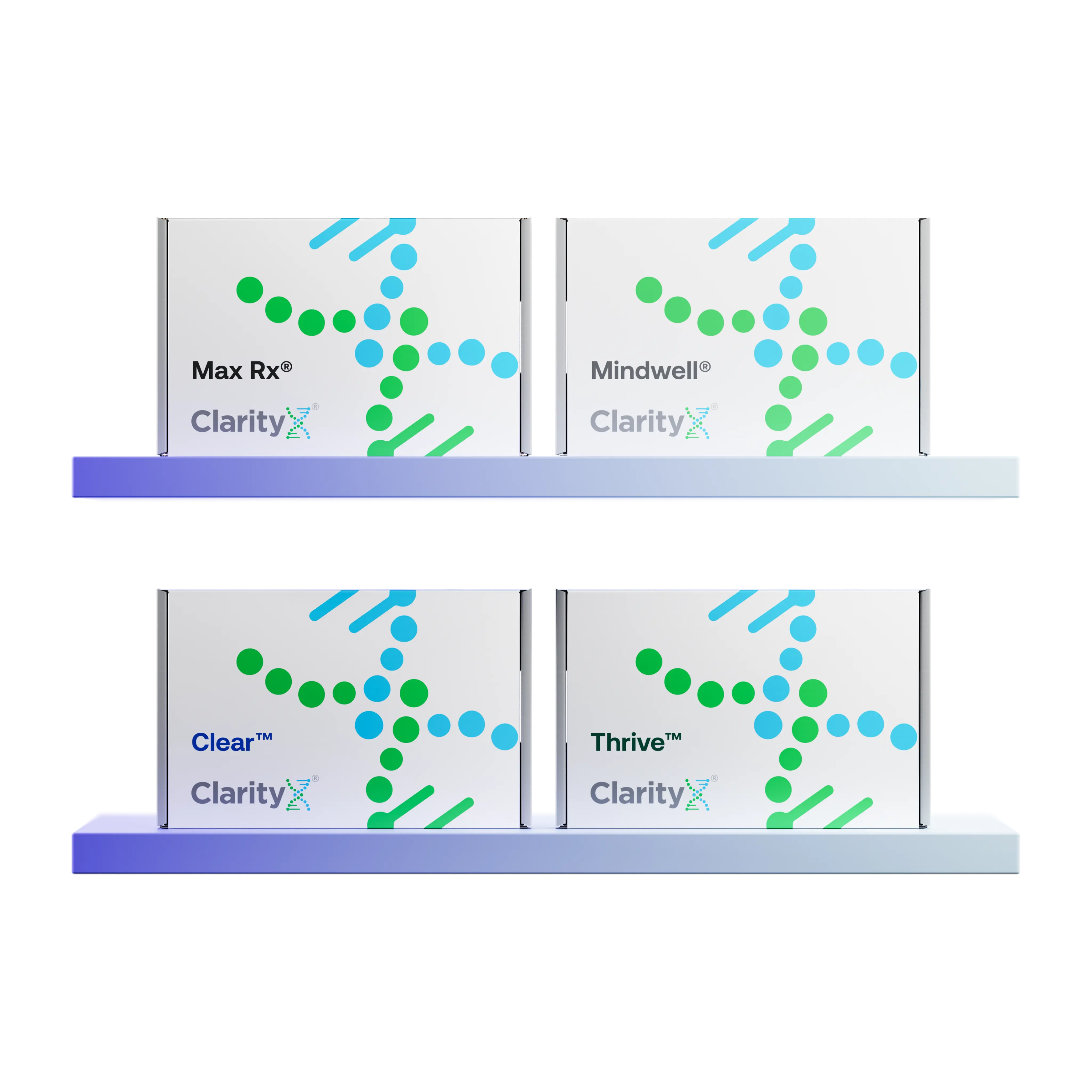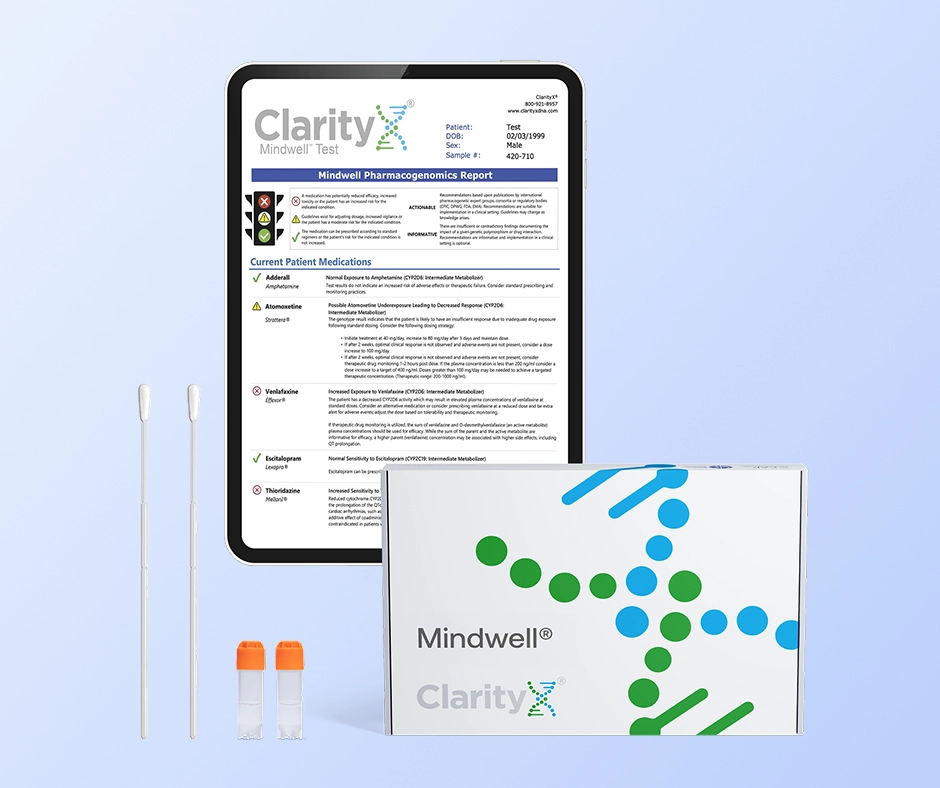Key Highlights
- A panic attack is a sudden, intense event, while an "anxiety attack" tends to build gradually.
- The terms are often confused, but their key differences lie in onset, triggers, and intensity.
- A panic attack involves intense, abrupt physical symptoms like chest pain and a racing heart, which can feel life-threatening.
- "Anxiety attack" isn't an official clinical diagnosis but describes a period of heightened anxiety, often tied to a specific stressor.
- Understanding these differences is the first step toward finding the right treatment options.
- Both experiences are treatable with professional support and coping strategies.
Introduction
Have you ever felt a sudden, overwhelming wave of fear and wondered what was happening? Many people use the terms "panic attack" and "anxiety attack" interchangeably, but they are not the same. Distinguishing between them can be confusing, as they share similar symptoms. Understanding their unique characteristics is a crucial step toward managing your mental health and finding the most effective support. This guide will walk you through the key differences.
Understanding Panic Attacks and Anxiety Attacks
While "panic attack" and "anxiety attack" are often used interchangeably, only one is a formal clinical diagnosis.
A panic attack is a recognized mental health event with a specific set of criteria. An "anxiety attack" is an informal, non-clinical term for a period of heightened anxiety. Recognizing the symptoms of a panic attack versus the symptoms of anxiety can help you communicate your experience more clearly to a doctor and get the right help.
Defining Panic Attacks
A panic attack is a sudden episode of intense fear that triggers severe physical reactions without real danger or an apparent cause. These episodes can be incredibly frightening. When you experience a panic attack, you might feel like you're losing control, having a heart attack, or even dying.
The physical symptoms are often what make them so alarming: a pounding heart, sweating, trembling, or chest pain. These symptoms appear abruptly and peak within minutes. Recurring episodes, or the persistent worry about having more attacks, may lead to a diagnosis of panic disorder.
What Are Anxiety Attacks?
Unlike a panic attack, "anxiety attack" is not a formal clinical term found in the Diagnostic and Statistical Manual of Mental Disorders (DSM-5). Instead, it's a phrase used to describe a period of intense or prolonged anxiety. These episodes typically build gradually, often in response to a specific stressor.
The symptoms of anxiety can include an increased heart rate and nervousness, but they are usually less intense than those of a panic attack. While a panic attack hits like a tidal wave, an "anxiety attack" feels more like a slow, rising tide of worry that can last for hours, days, or even longer. This experience is a key feature of several anxiety disorders, such as generalized anxiety disorder (GAD).
Key Differences Between Panic Attacks and Anxiety Attacks
The most significant distinctions between a panic attack and an "anxiety attack" are their timing, triggers, and intensity. By learning to identify these differences, you can better understand what you are going through and communicate your needs more effectively.
Timing and Triggers
One of the clearest distinctions is their timing. Anxiety usually develops gradually. It often follows a period of excessive worry and may be tied to a specific perceived stressor (e.g., a big project at work, a relationship problem).
A panic attack, on the other hand, often occurs suddenly and can even seem to come out of nowhere. This sudden, unexpected onset is a key feature of panic disorder.
- Anxiety Attack: Typically linked to a specific stressor; feelings build over time.
- Panic Attack: Often occurs unexpectedly and without a clear trigger; symptoms are abrupt and peak within minutes.
Emotional and Physical Experience
The intensity of the experience is a primary differentiator. Panic attack symptoms are severe and highly disruptive. They can include a terrifying sense of detachment from yourself (depersonalization) or reality (derealization), a sudden fear of dying, or a complete loss of control. The physical symptoms, like chest pain and a racing heart, are so intense that people often mistake them for a heart attack.
Anxiety symptoms are typically less extreme. The feeling is more of a persistent worry, nervousness, or general unease rather than the overwhelming terror of a panic attack. Panic attacks are brief and intense, usually peaking and subsiding within 20 minutes. Anxiety, however, can linger for days, weeks, or even months.
Common Symptoms of Panic Attacks vs Anxiety Attacks
While different, panic and anxiety can share symptoms like a racing heart and shortness of breath. Knowing the distinct emotional and physical signs for each is key to telling them apart.
Emotional Symptoms
The emotional symptoms of a panic attack are marked by their intensity and suddenness, while anxiety revolves around worry and unease.
Panic Attack:
- An abrupt, overwhelming sense of terror or impending doom
- A feeling of detachment from yourself or reality
- An intense fear of dying or losing control
Anxiety:
- Persistent, excessive worry or dread
- Irritability and restlessness
- Difficulty concentrating
Physical Symptoms
Physical symptoms are often the most alarming part. During a panic attack, they can be so severe that people mistake them for a heart attack. While anxiety also has physical symptoms, they are typically less intense and build more slowly.
Causes and Risk Factors
The exact causes of panic and anxiety are not fully understood, but it's likely a combination of factors, including family history, stressful life events, and other medical issues. Having another mental health condition, such as depression, can also increase your risk.
Potential Triggers
Both panic and anxiety can be triggered by stressful situations, trauma, or specific phobias. Some triggers are related to physical health, such as the overuse of stimulants like caffeine, withdrawal from alcohol, or side effects from certain medications. Recognizing your personal triggers is a key part of managing your mental health.
Common potential triggers include:
- Chronic stress from work, school, or personal life
- Exposure to a traumatic event
- Side effects of medication or withdrawal from substances
- Chronic medical conditions or chronic pain
Who Is Most At Risk?
Certain factors can make some people more likely to experience panic or anxiety. A family history of panic attacks or other anxiety disorders is a significant risk factor.
Other health conditions like thyroid problems, heart disease, or diabetes can also increase risk. Additionally, co-occurring mental health disorders, such as depression or bipolar disorder, often go hand-in-hand with anxiety.
Studies have shown that some demographics are more vulnerable. Women are twice as likely as men to develop an anxiety disorder. Research also indicates that young people, particularly those in the LGBT+ community, experience a higher rate of anxiety and panic attacks compared to their peers.
Diagnosis and Medical Perspectives
Medical professionals rely on the Diagnostic and Statistical Manual of Mental Disorders (DSM-5) to make a diagnosis. This manual includes a clear definition for panic attacks and panic disorder but does not include a clinical definition for "anxiety attack." Instead, professionals diagnose the symptoms of anxiety under the umbrella of specific anxiety disorders (like GAD).
How Professionals Distinguish Between the Two
A mental health professional will evaluate your experience, asking detailed questions about the onset, intensity, and duration of your symptoms. The sudden, unexpected nature of a panic attack is a primary marker. In contrast, if your symptoms build gradually in response to a stressor, a professional will likely consider it part of an anxiety disorder.
A doctor will also likely perform a physical exam to rule out underlying medical conditions (like heart or thyroid issues) that can mimic these symptoms.
Assessment Tools and Criteria
Mental health professionals use a combination of a thorough clinical interview and the established DSM-5 diagnostic criteria. To be diagnosed with panic disorder, for example, you must have recurrent, unexpected panic attacks followed by at least a month of persistent worry about having more.
Treatment Options and Coping Strategies
The good news is that both panic and anxiety are highly treatable. Effective treatment options can significantly improve your mental health and reduce the frequency and intensity of attacks, allowing you to regain a sense of control. Your treatment plan will be tailored to your specific needs.
Therapy, Medication, and Lifestyle Changes
One of the most effective treatment options is psychotherapy. Cognitive Behavioral Therapy (CBT) is considered the gold standard, as it teaches you different ways of thinking and reacting to the feelings that trigger your attacks.
Medication can also be a helpful tool. Doctors may prescribe antidepressants like selective serotonin reuptake inhibitors (SSRIs) to manage symptoms long-term. Anti-anxiety medications may be used for severe, short-term relief.
Making simple lifestyle changes can also make a big difference:
- Getting regular exercise and enough sleep
- Eating a healthy, balanced diet
- Limiting caffeine and alcohol intake
- Practicing mindfulness and meditation
Personalizing Treatment with Pharmacogenetic (PGx) Testing
When a treatment plan includes medication, finding the right one can sometimes feel like a frustrating "trial-and-error" process. This is where pharmacogenetic (PGx) testing can help.
Genetic testing for anxiety is a simple, non-invasive DNA cheek swab that analyzes how your genes may affect your body's response to certain medications. The results can help your doctor understand which antidepressants or anti-anxiety medications may be more effective for you and which ones might carry a higher risk of side effects. This genetic insight helps personalize your treatment plan from the start.
Tips for Managing Attacks in the Moment
When you feel an attack coming on, acknowledging what is happening and reminding yourself that the feelings are temporary and will pass can reduce the fear that fuels it.
Practicing relaxation techniques can also help. Deep breathing exercises can slow your heart rate. Grounding yourself by focusing on your senses (naming five things you can see, four you can touch, etc.) can pull your mind back to the present.
- Focus on your breathing with slow, deep breaths.
- Ground yourself using your five senses.
- Remind yourself that the attack is not life-threatening and will pass.
- Reach out to a trusted friend or family member if you need support.
Panic Attacks and Anxiety Attacks in Children
Adults aren't the only ones who experience these overwhelming feelings. Children can also have panic attacks or intense anxiety. For a parent, seeing a child go through this can be distressing, but support is available.
Signs to Watch for in Kids
The symptoms can manifest differently in young people. A child might not say, "I'm having a panic attack," but they may complain of physical symptoms like a stomach ache, dizziness, or a racing heart.
Behavioral changes can also be a key indicator. Look out for these common signs:
- Sudden complaints of physical ailments like stomach aches
- Refusal to go to school or participate in social activities
- Excessive worry about something bad happening
- Increased irritability, crying spells, or clinginess
Supporting Children Through Attacks
If your child is experiencing an attack, one of the most important things you can do is stay calm and provide a reassuring presence. Speak in a gentle voice and let them know you are there and the feeling will pass. Avoid dismissing their fears; instead, validate them.
Encourage them to practice simple deep breathing exercises with you. After the attack, create a safe space for them to talk about their experience. For long-term management, seeking professional help from a therapist who specializes in working with children is essential.
Conclusion
Understanding the differences between panic attacks and "anxiety attacks" is crucial. While they share some symptoms, recognizing the key distinctions of sudden onset vs. gradual build-up, and severe intensity vs. persistent worry can lead to more effective management.
Remember, whether you or someone you know is experiencing these attacks, help is available. With the right coping strategies and professional guidance, individuals can navigate these experiences and find relief. If you feel overwhelmed, don’t hesitate to reach out for support. Your mental health matters.
Frequently Asked Questions (FAQ)
Can an anxiety attack lead to a panic attack? Yes. While they are different, a prolonged period of high anxiety (an "anxiety attack") can exhaust your coping resources and create intense psychological distress. This heightened state can act as a trigger, causing the sudden, severe reaction of a full-blown panic attack.
How long do panic attacks and anxiety attacks last? A panic attack is typically brief and intense, peaking within 10 minutes and subsiding. In contrast, the symptoms of high anxiety can persist for days, weeks, or even months, depending on the underlying stressors.
What should you do if you experience either type of attack? Try to focus on your breath. Practice slow, deep breathing and use other relaxation techniques like grounding to calm your body’s response. Acknowledging the feeling is temporary and not life-threatening can help. For ongoing issues, seeking professional mental health support is the best step toward long-term management.
Resources:
https://www.psychiatry.org/psychiatrists/practice/dsm
https://pmc.ncbi.nlm.nih.gov/articles/PMC11910194/
https://www.samhsa.gov/substance-use/treatment/co-occurring-disorders
https://www.apa.org/ptsd-guideline/patients-and-families/cognitive-behavioral
https://my.clevelandclinic.org/health/treatments/24795-ssri
https://clarityxdna.com/blog/learn/pharmacogenetic-testing-unlocking-personalized-medicine/






